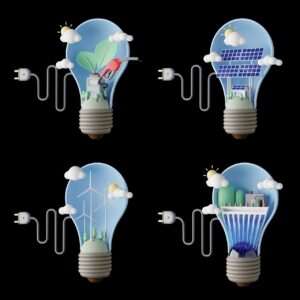There are many benefits to having an all-electric house. These include increased sustainability, reduced utility bills and healthy indoor air. How do you make a house all electric? I’ll give you a brief 101 on HOW this is achieved and elaborate more on the BENEFITS of an all-electric home.
WHY go all-electric?
Clean electricity is sustainable. If a house is all electric, then the energy used is able to be offset with onsite renewables. Think about it, electricity is what solar panels (or wind power) produce. If your house is all electric, then any electricity you use can be offset with solar panels or other onsite renewables. Natural gas (or propane or oil) cannot be offset. It is a dinosaur fuel source (it’s finite) and will always contribute to global warming. You have the ability to make the energy source of electricity clean and the cleaner you can make the SOURCE of electricity, the better that option is for the environment!
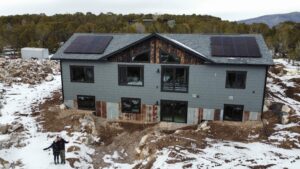

BENEFITS of going all-electric…
The reduced utility bills come to play because your building is physically producing the energy that you’re using. For solar panels, this will be when the sun is shining and for wind, this is when the wind is blowing. Because you’re not hauling in that energy from a substation, there are reduced costs in the distribution of the energy. The energy being produced on your roof is getting used inside of the house, now that is efficiency! The ROI on your solar panel investment is dependent on the material and install costs of the solar panels as well as the tax credits claimed to the government, money back from your local electrical utility provider and possible grants from other local nonprofits, but, this is typically within 10 years.

MORE BENEFITS – Humans spend about 90% of their time indoors. That’s a lot of hours and having healthy indoor air makes that time spent indoors more enjoyable. Without proper mechanical / natural ventilation, indoor air can become harmful due to pollutant sources such as carbon monoxide, pet dander, radon, VOC off gassing from furniture, carpet, etc. Let’s tackle the first indoor air pollutant, carbon monoxide. The risk of carbon monoxide comes from equipment that burns natural gas, such as a furnace, stove or water heater. Carbon monoxide simply doesn’t exist with electricity as there isn’t actual fuel being burned. Make it easy… as they say, build tight, ventilate right and electrify!
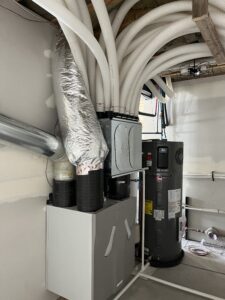
HOW do you make your home all electric?
An all-electric house means EVERYTHING runs on electricity. The usual gas-burning suspects include your heating / cooling equipment, stove, dryer and water heater. Simply making sure that this equipment is electric, ensuring that the electrical panel has room for this equipment and providing the appropriate wiring and plug to the equipment is what’s needed in new construction. And this is much easier do to in new construction. Typically a 200A panel should suffice (note, this the the common panel size nowadays in residential), but having the electrician verify this is very important. The panel size is sized without the use of on-site renewables taken into account as that is a variable number.
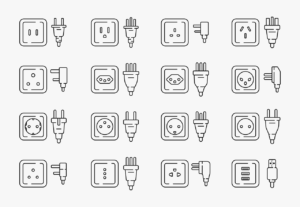
Also note is that utilizing heat pump equipment for your heating / cooling and water heating is over three times more efficient that the most efficient fuel-burning equipment! Induction stoves are also a popular option in lieu of gas stoves. These stoves are super-efficient, fast in performance (can burn four cups of water within 30 seconds) and safe! There is no off-gassing from open flames and once the pot or pan is removed from the surface, the surface shuts off by itself, reducing the risks of burns.
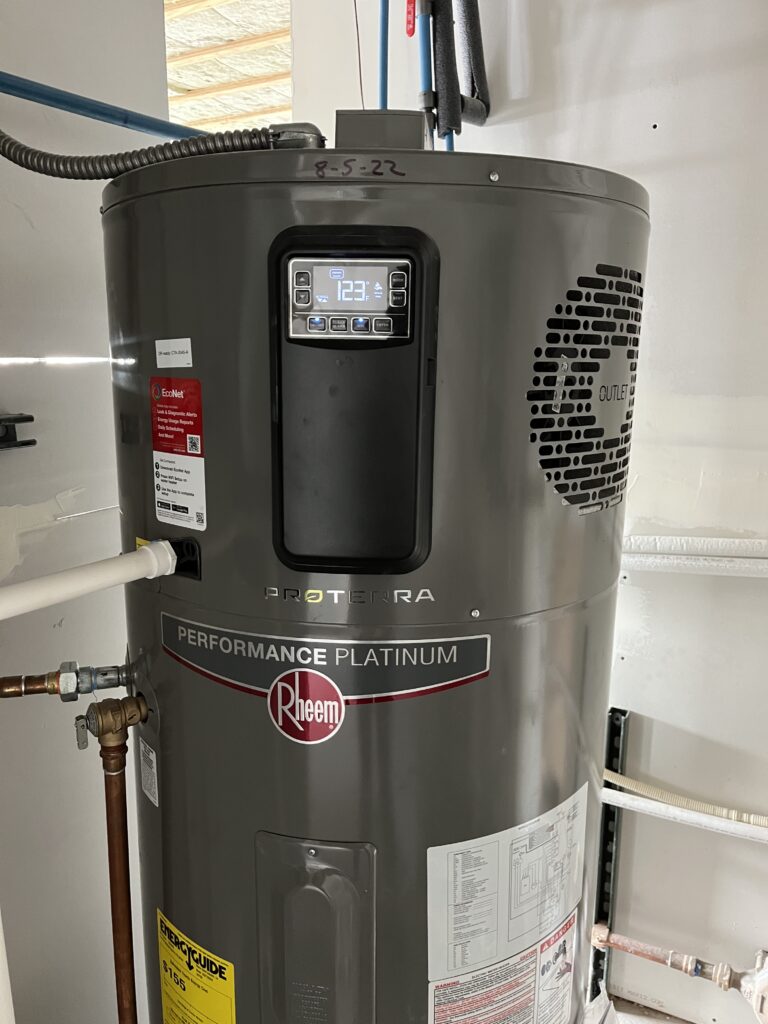
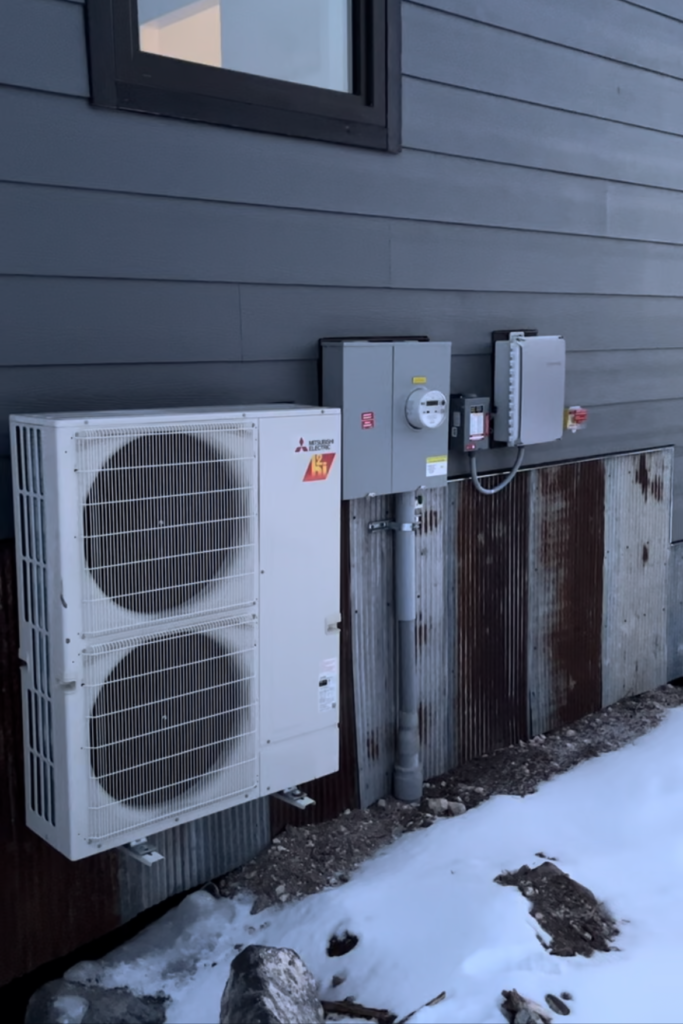
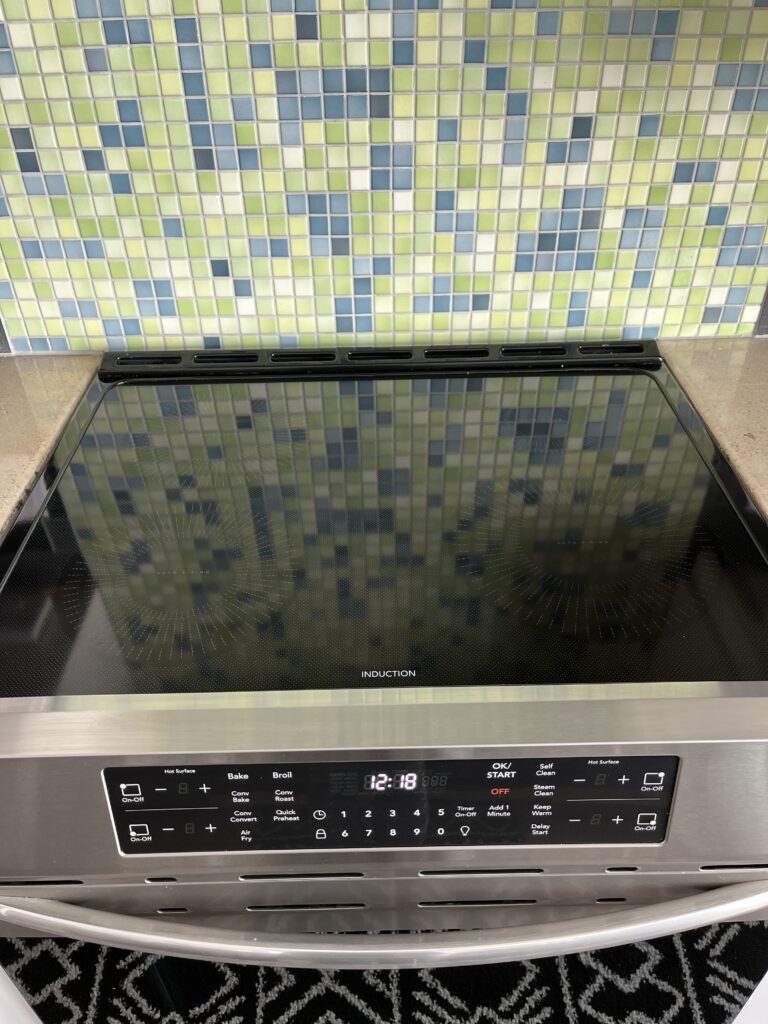
In remodels, swapping out gas for an all-electric home is a little more complicated. Basically, any equipment that is currently using gas will need to be replaced with systems that run on electricity. This means that power needs to be ran to each equipment / appliance and with each piece of equipment / appliance, a breaker will be needed in the panel. If the original service size cannot accommodate for this, a larger service will need to be provided. This means that a larger electrical line will need to be ran to the house and a larger electrical panel will need to be provided. There are new incentives, however, with the Inflation Reduction Act as well as federal tax rebates and local incentives from your utility provider and nonprofits.
More information on this can be found here: https://www.edf.org/article/8-ways-inflation-reduction-act-can-save-you-money
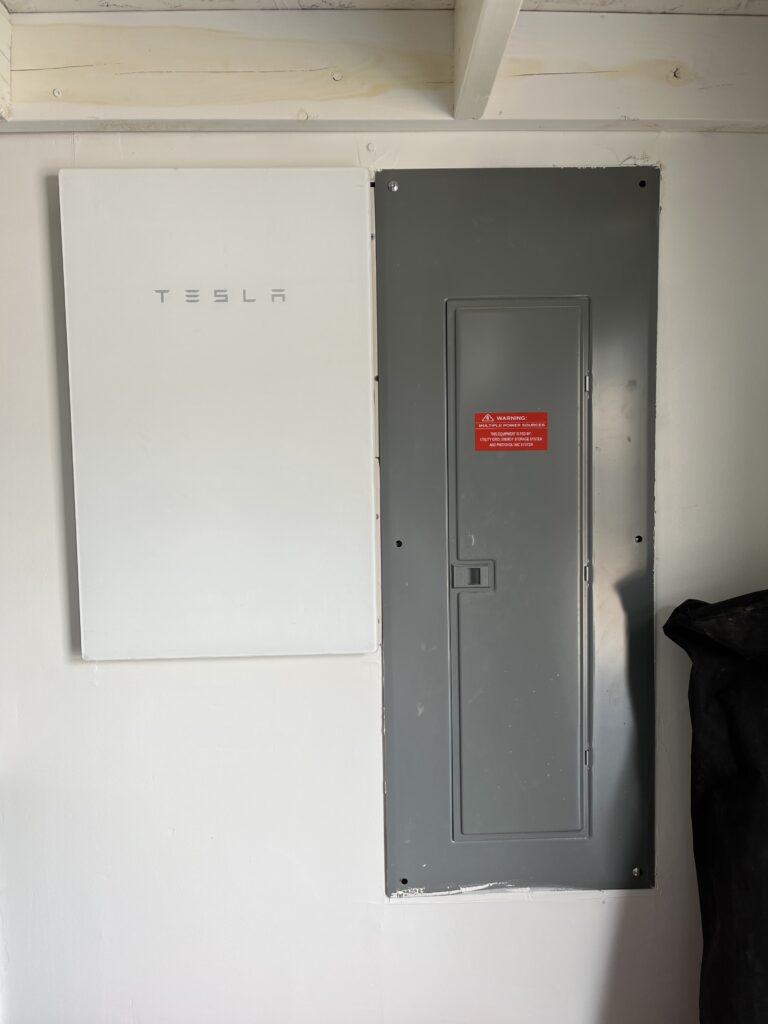
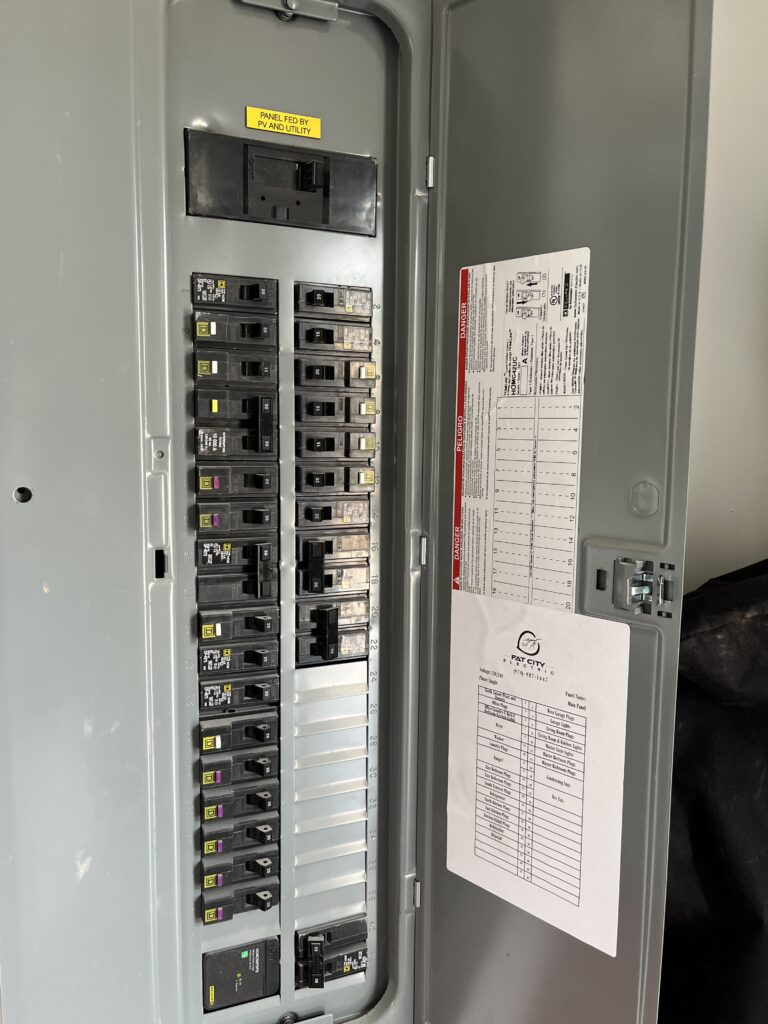
Conclusion
We’ve discussed WHY (and the BENEFITS) you would want an all-electric home, as it is more sustainable, can reduce utility bills and contribute to healthy indoor air. We also discussed HOW to make a home all-electric, by making sure that all equipment that typically uses gas is provided with an electrical outlet. It’s electric, boogie woogie, woogie!
